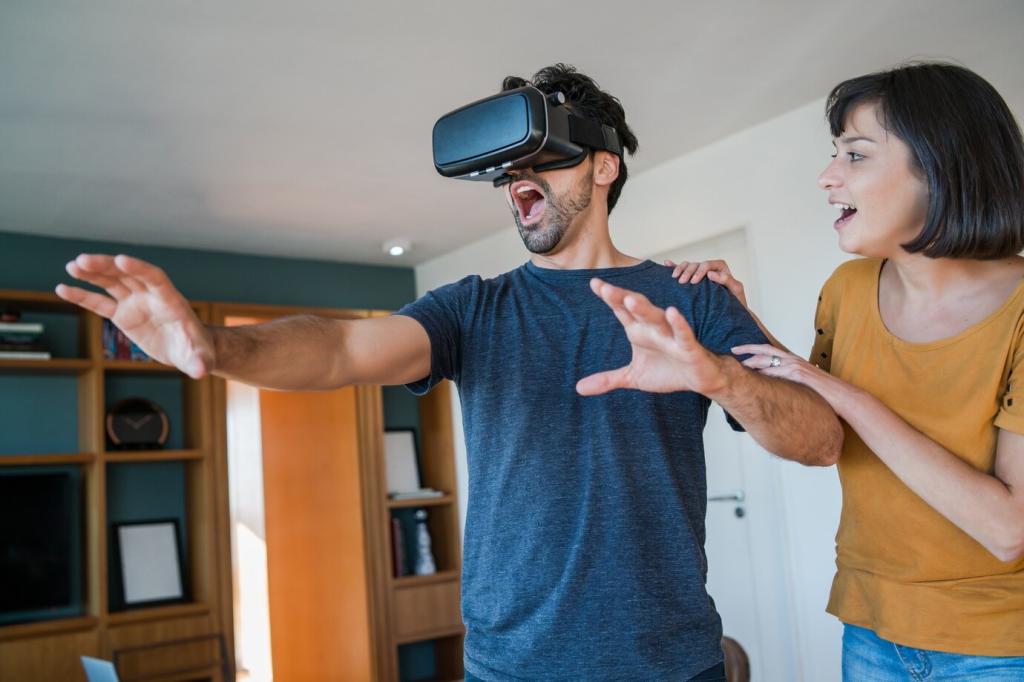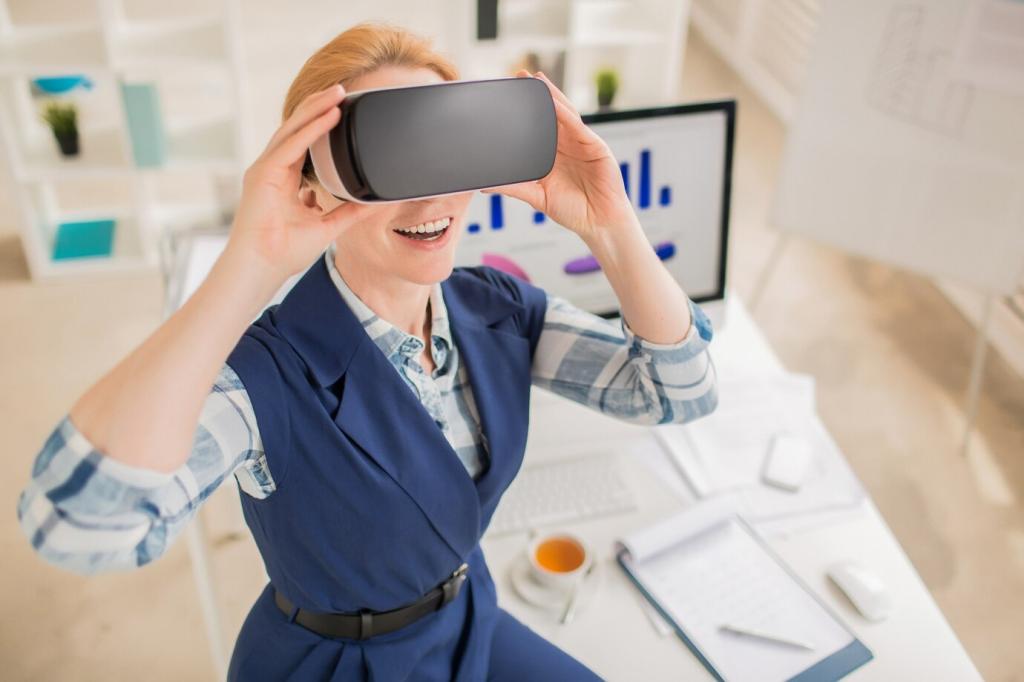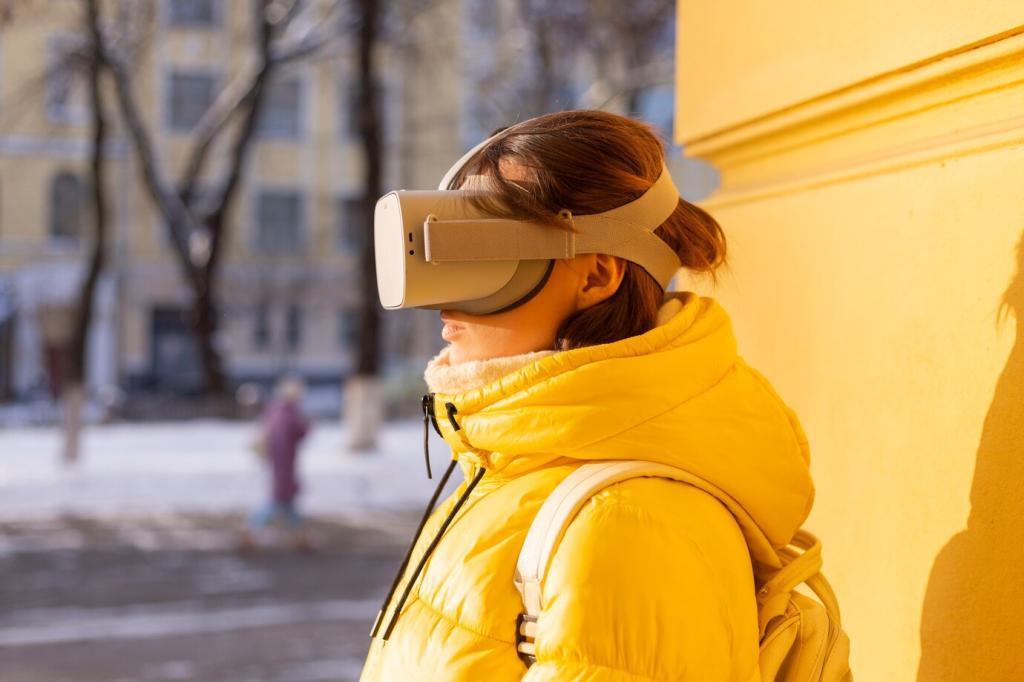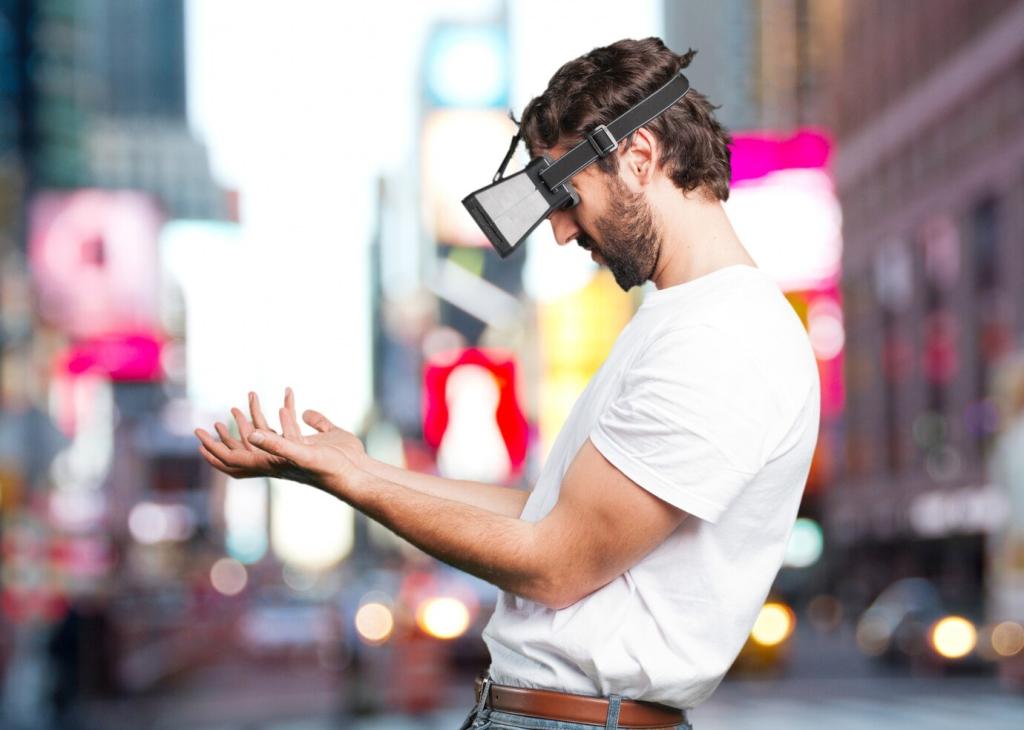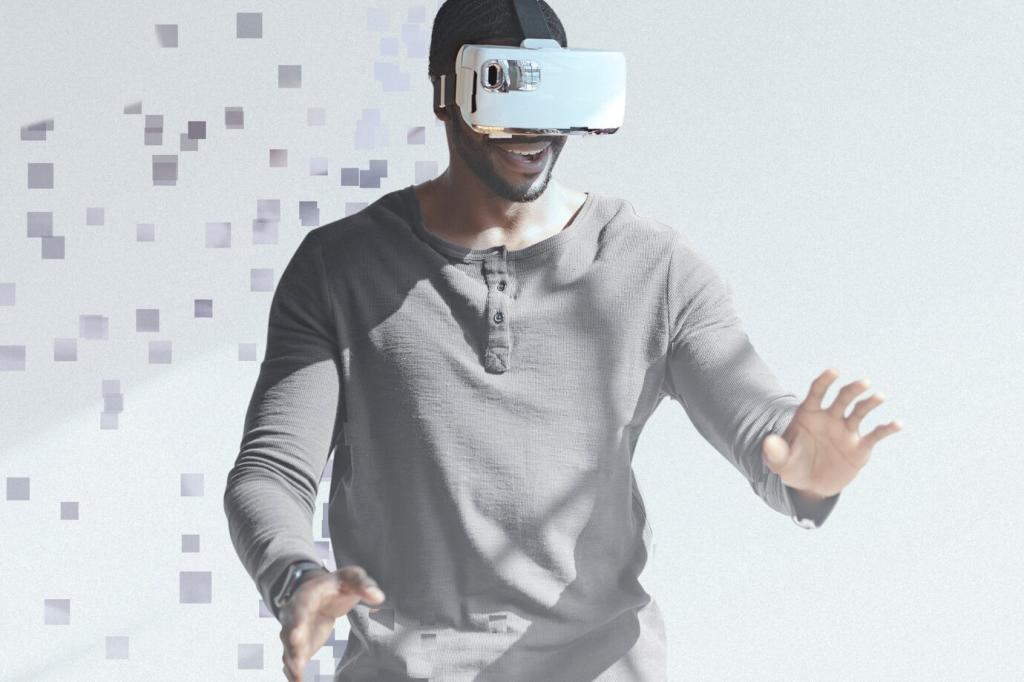Onboarding, Discoverability, and Delight
Start with one clear win: scan, place, and interact. Reveal advanced tools only after success. Use ghosted hands and subtle arrows in a low-pressure practice scene. We saw drop-off shrink when lessons stayed under a minute. Share your best bite-sized tutorials that turn skeptics into explorers.
Onboarding, Discoverability, and Delight
Anchor short, verb-first hints near objects, not in floating manuals. Keep text readable at arm’s length and offer audio for accessibility. Friendly tone beats jargon every time. Post screenshots of your favorite hint placements so others can refine their own discoverability strategies.

